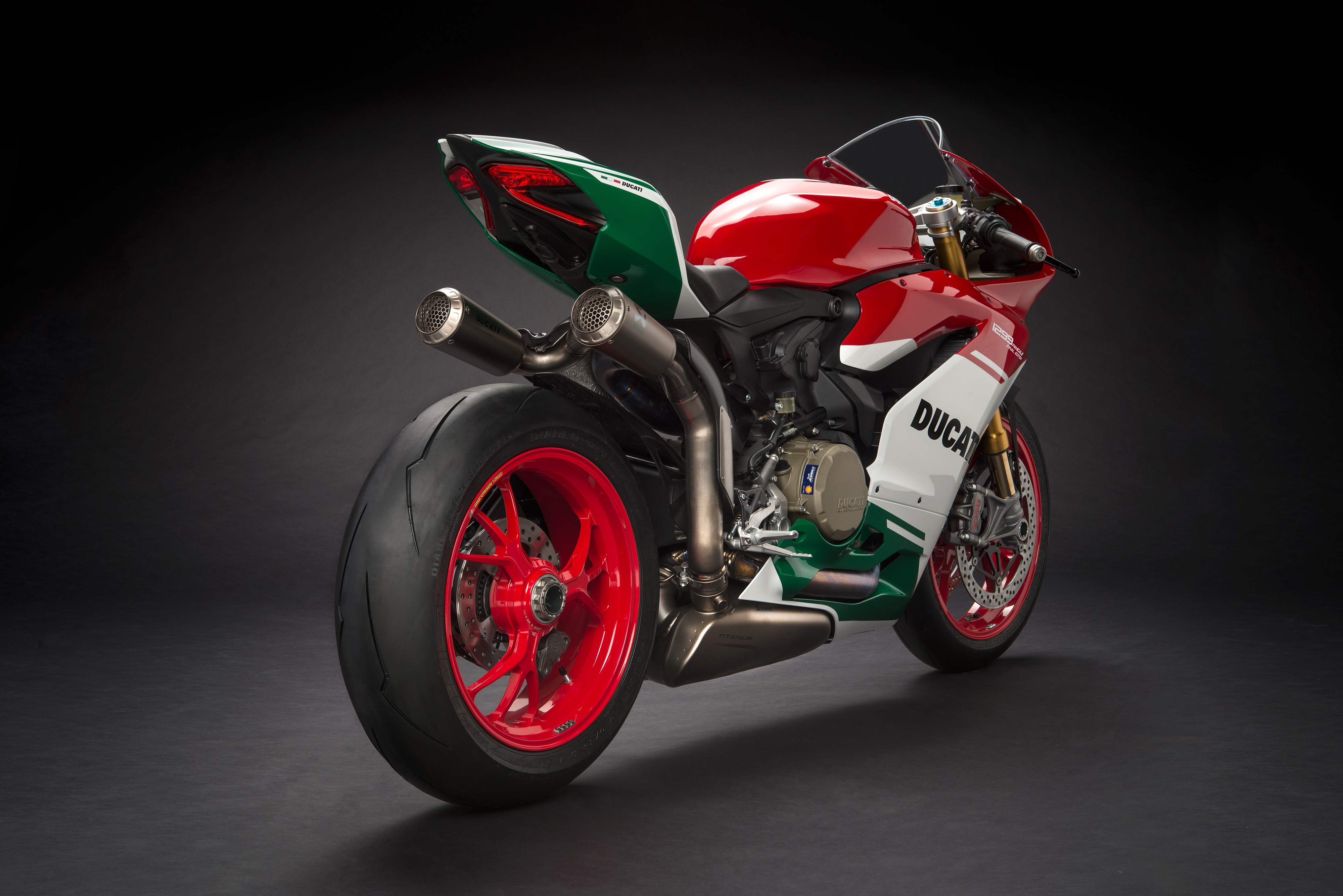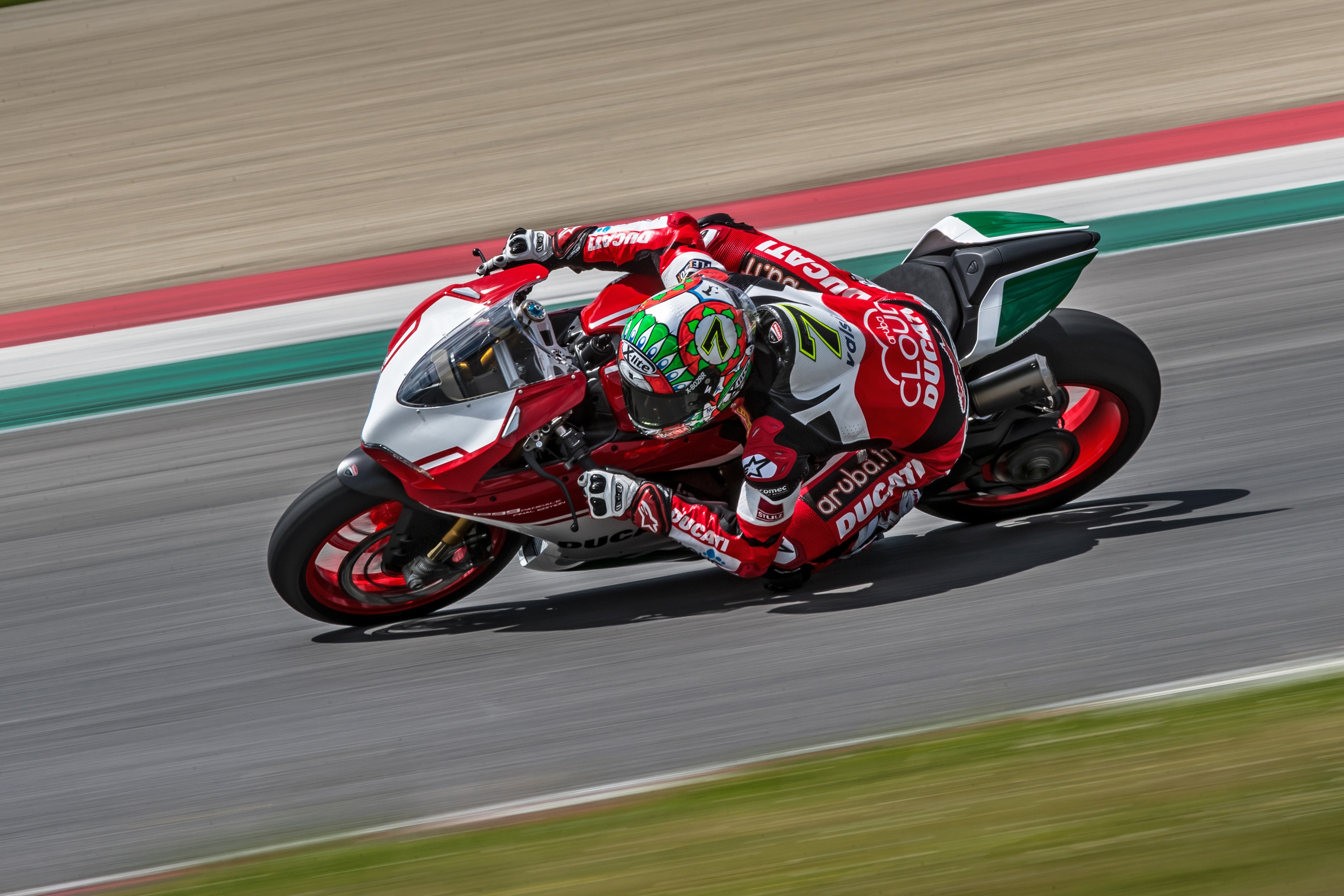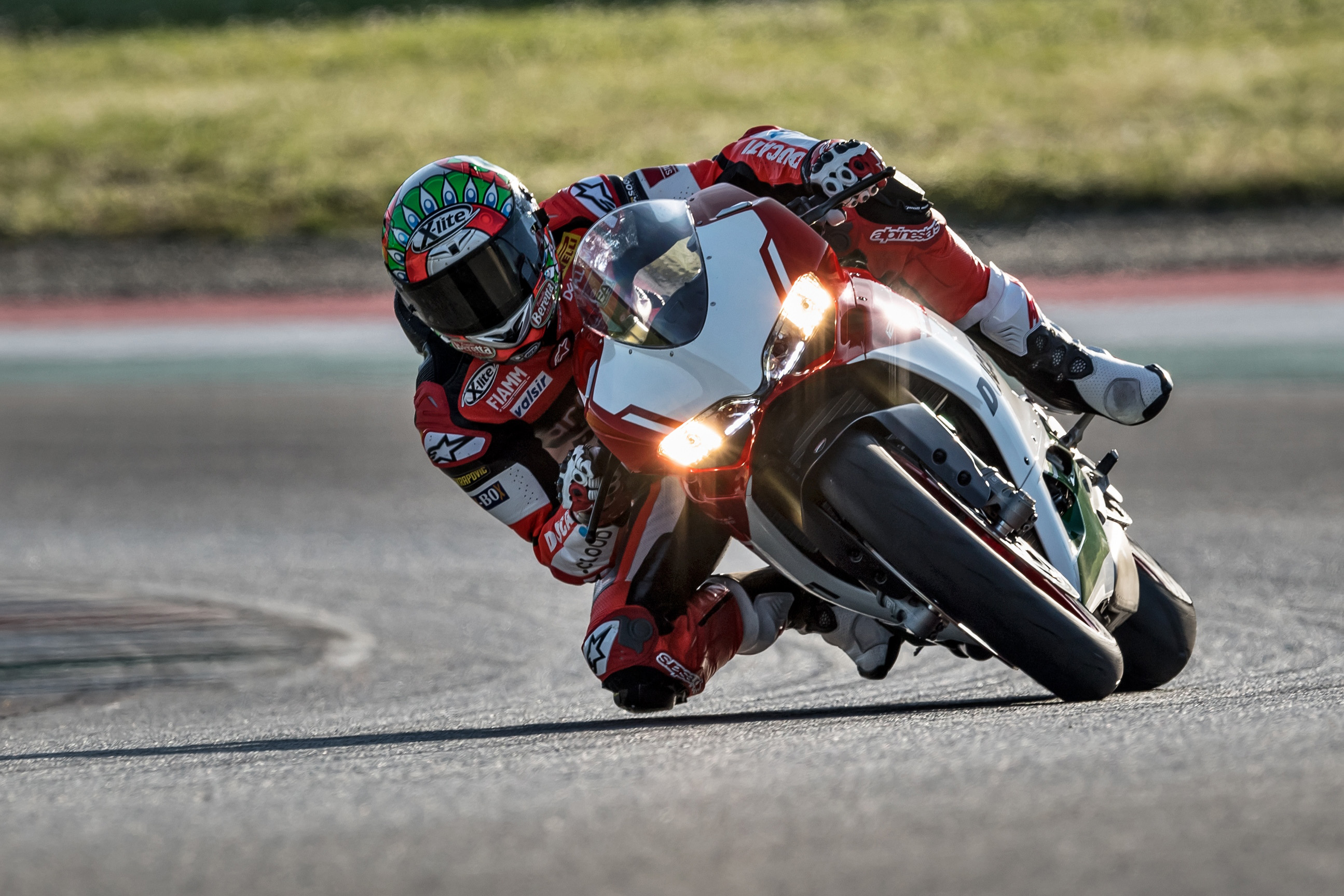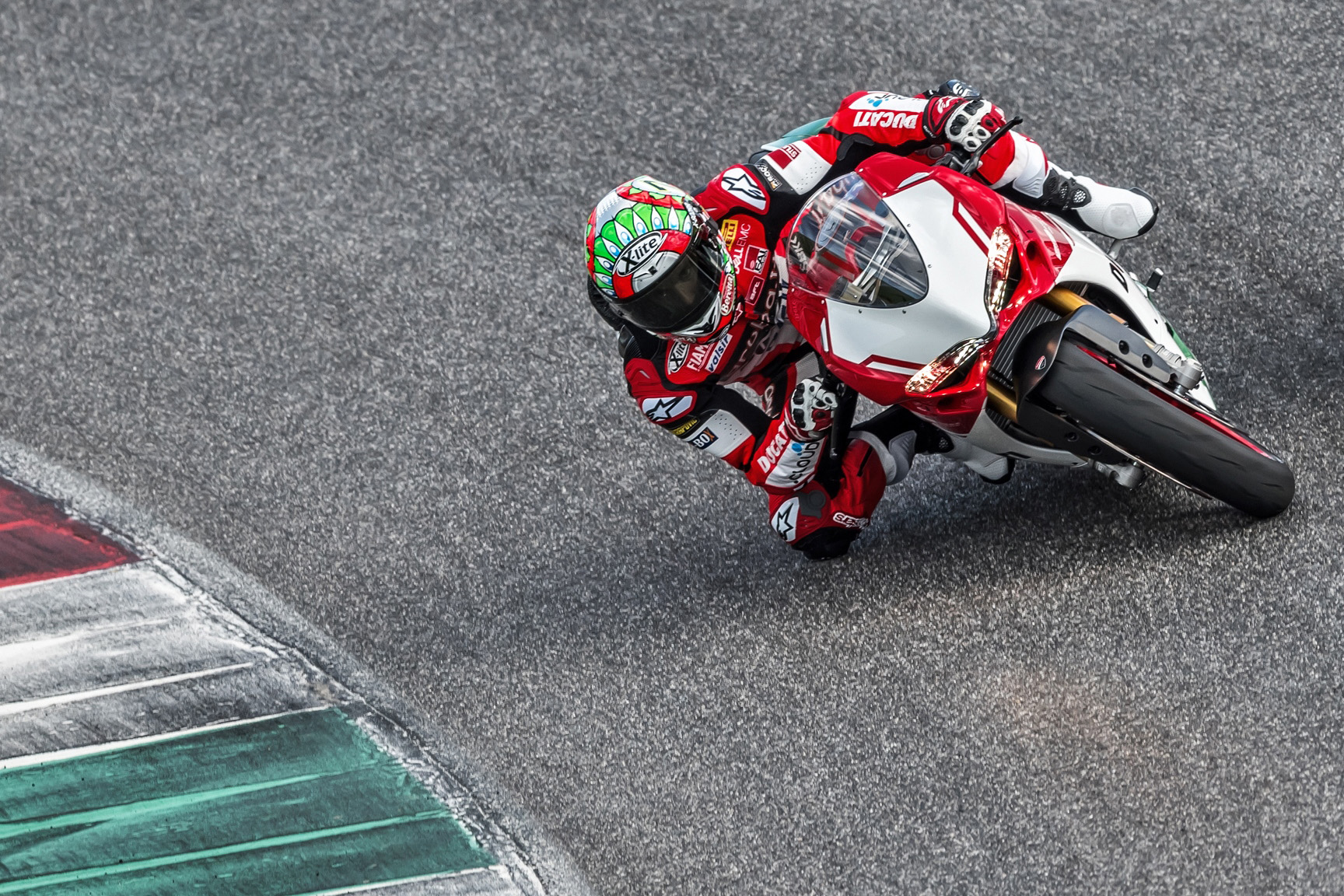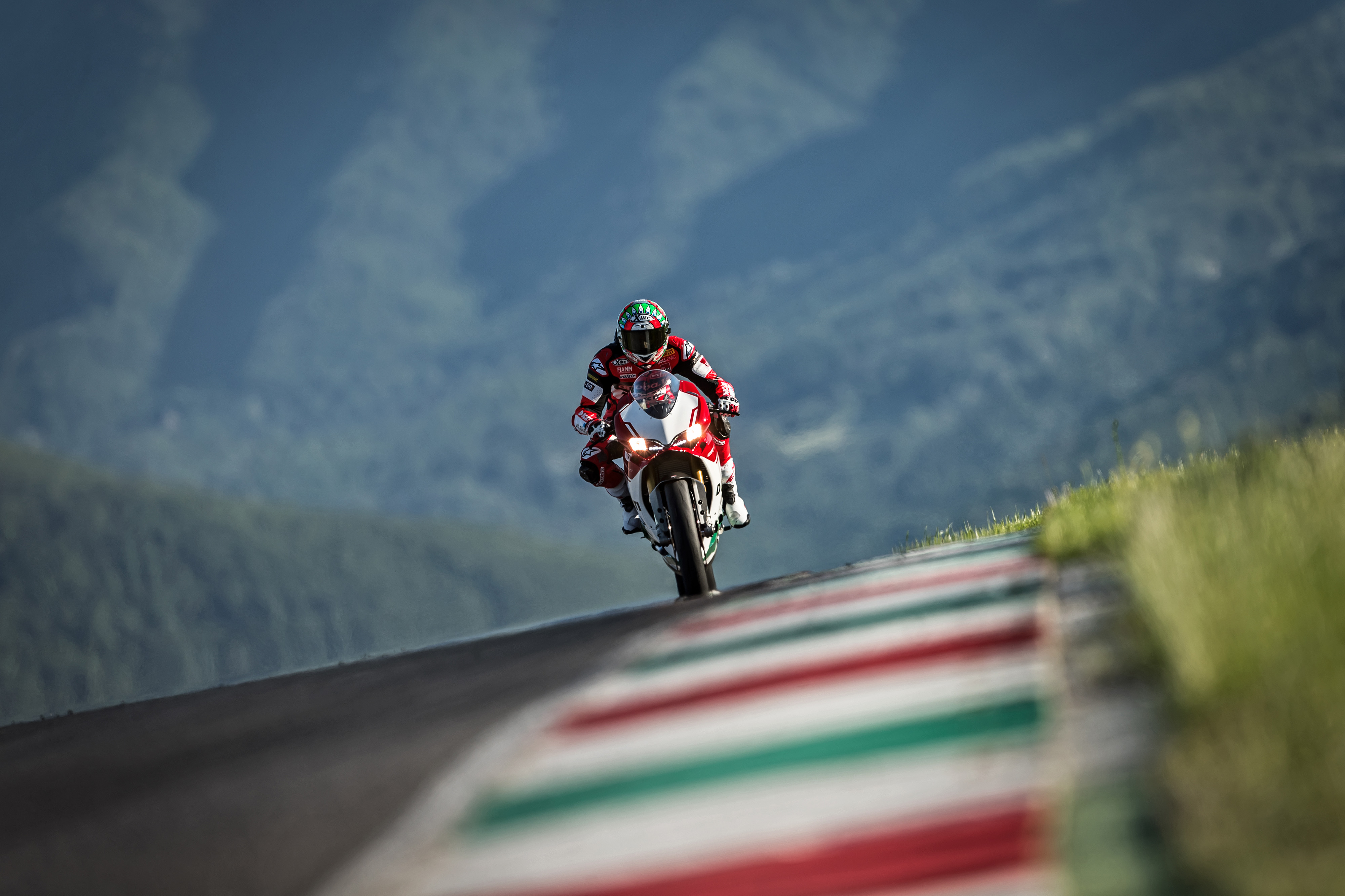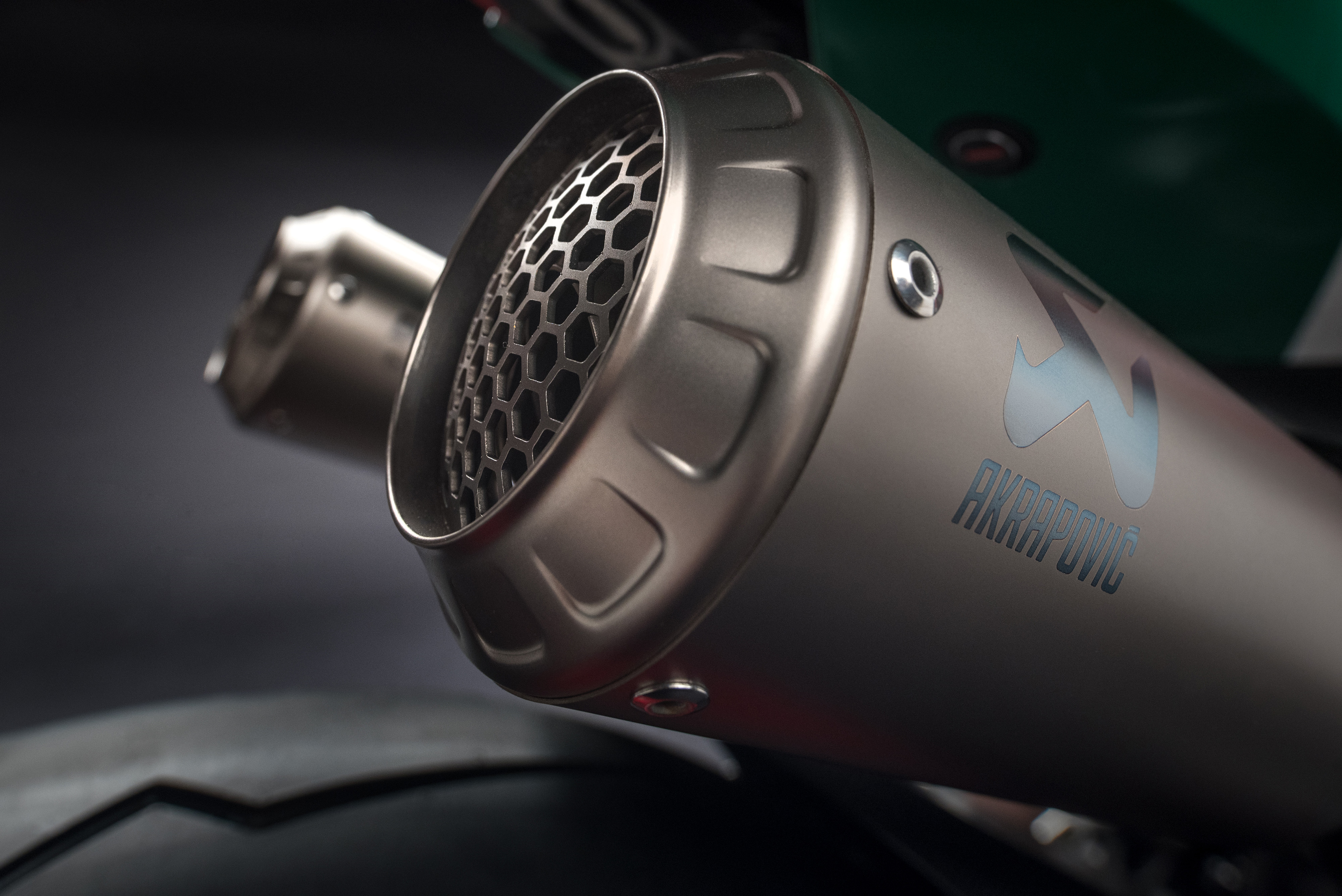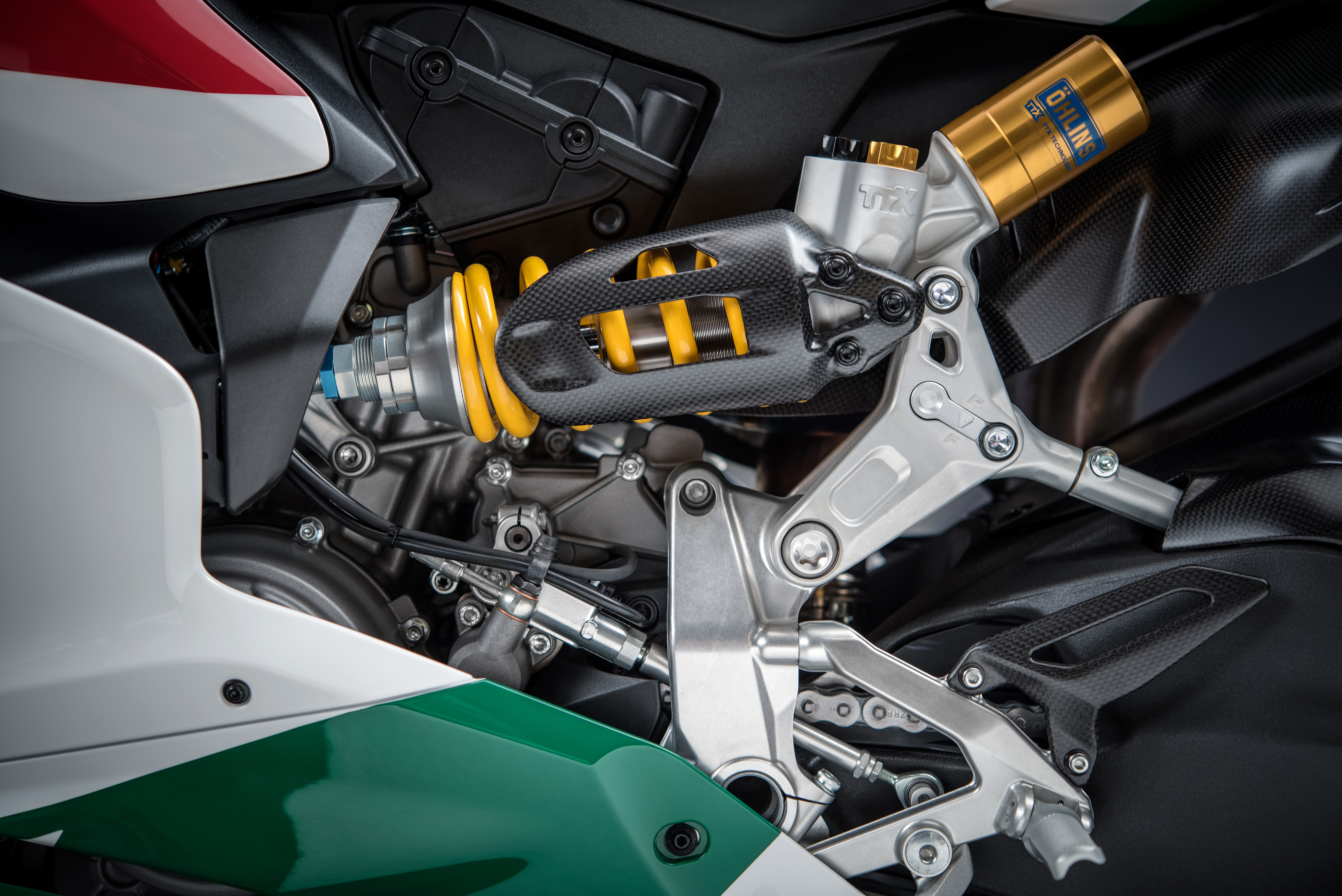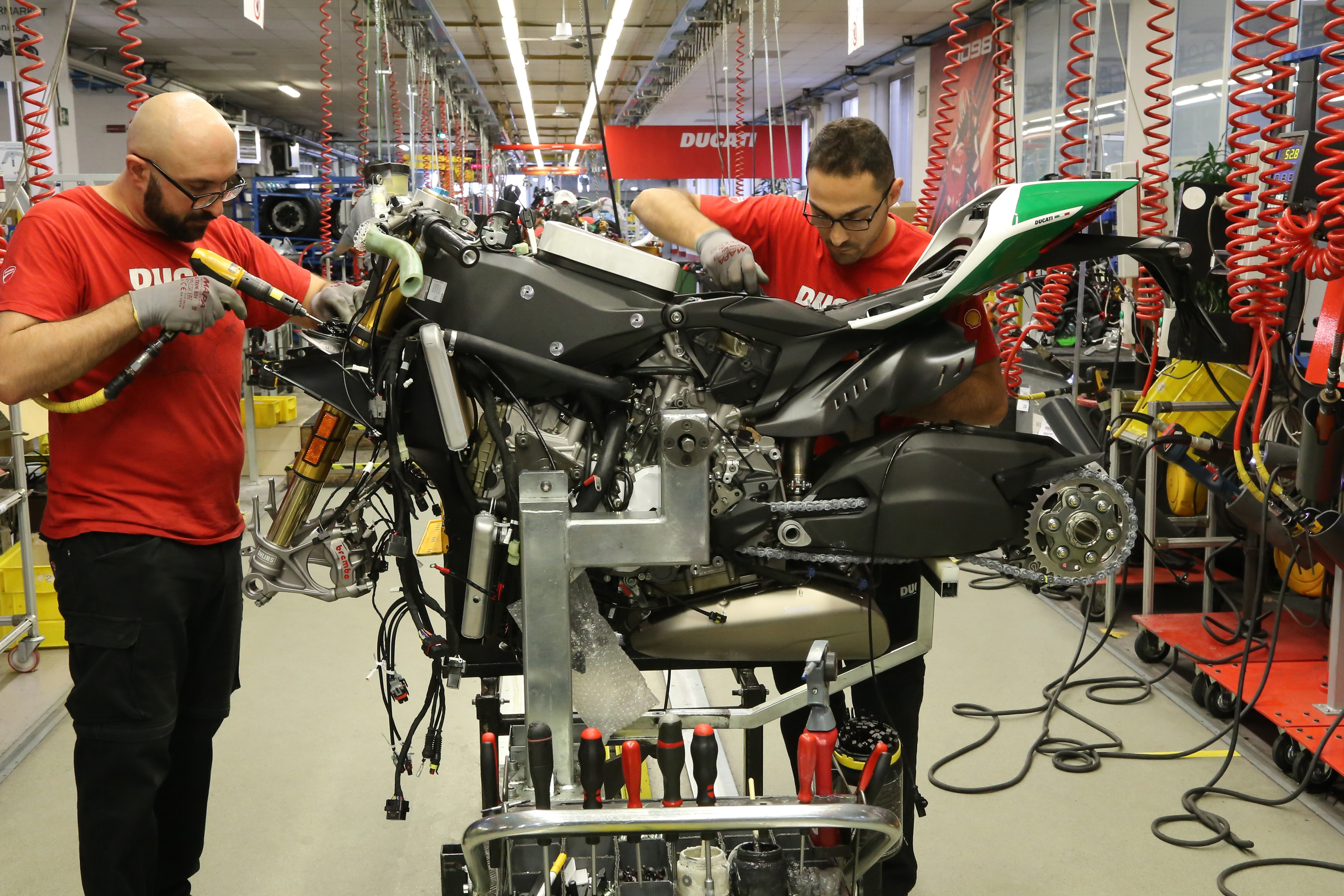Back when motorcycle engineering was still young, Ducati sat on the throne of all that was good. While others were cursed with troubles of frequent and fatal engine failures, Ducati’s revolutionary desmodromic valves paved a path for unquestioned victories at various championships around the world.
In 2011, sporting the same desmodromic valves, Ducati unleashed the Superquadro engine. The engine, which soon came to be known as one the most aggressive ones in the market, saw its production for nearly seven years post which the Italian premiere announced to discontinue it.
“All good things must come to an end”
The end of the Superquadro engine is primarily aimed to welcome a new mean addition in Ducati’s engines, the V4. However, Ducati purists will be well aware of what the Superquadro meant to them.
In 2011 the Superquadro was first deployed to power the Panigale 1199. The 195hp-yielding moniker was named as the Superquadro because of its massively over-square bore and stroke ratio that had set an extreme benchmark in Ducati’s sheds of development. Sporting the new engine, the Panigale 1199 enjoyed radical reduction in overall weight and an additional advantage of longer service intervals, 24,000 km to be precise.
Apart from the higher RPMs and killer throttle response, coupled with better control over the valves, Ducati Corse team, the brainchild behind the Superquadro increased the engine speed while enhancing its breathability with an incredible bore and stroke ratio of 1.84:1.
With such large inlet valves operating at higher rpm, the intense inertial forces were controlled by using titanium instead of steel, a solution that was only used on full R models before that. The new valves are actuated by racing-derived rocker arms, that were ‘super-finished’ for reduced friction and fatigue and then coated in polymeric-like carbon (PLC), a process originally developed for the aerospace industry.
Written in the most recent (and possibly the last) entry in the Superquadro’s journal isDucati’s final goodbye by finally launching the 1299 Panigale R Final Edition, as a very last example of the iconic-engine-powered motorcycles from Borgo Panigale.
As Ducati turns a new chapter with its highly ambitious Panigale V4, the company has decided to mark the exit with a final hurrah. Resembling the moniker, the company has decided to manufacture a total of 1299 models of the limited-edition iteration.
A quick glance at the Final Edition shows that the bike is primarily half a Superleggera, in terms of the motor and with less carbon fibre. As such, the 1,285cc v-twin motor features a lighter crankshaft with a larger crank pin and tungsten balancing pads, while the con-rods and intake/exhaust valves are made from titanium.



